
All your machines are individually productive – but how well will they work with the other equipment on a site – or in the site conditions?
Choosing less-than-optimal equipment can mean the difference between profit and loss in large-scale construction sites that utilise a range of individually productive machines.
Choosing the right system of machines may seem intuitively straightforward, but this isn’t always so. True, it is often the case that several machine types can do the job – but which are the best ones to do it.
For instance, in load and haul applications, should you use excavators, wheel loaders or backhoes to fill the trucks? And what size machine – with what size buckets?
How hard is the material to excavate? And what about the trucks – on-highway, rigid or articulated haulers? Will that change if the haul road is very long, steep or roughly made?
What happens if the haul road gets wet, will all trucks cope? And what is the loading strategy – fully loaded trucks (with partial last pass to fill it) or set number of bucket passes (even though the truck might not be full)?
And what about the material being loaded – will different types demand different solutions? And so on …
You see the point?
Planning
Plans are useless – planning is everything’ once said an eminent tactician. But despite the fact that plans of a strategic kind often don’t survive first contact with the opposition, multinational companies around the world continue to spend fortunes developing complex scenario plans that are designed to create real solutions to ‘real’ field conditions.
In 1970 Royal Dutch/Shell used ‘what if’ scenarios to famously predict the consequences of an oil crisis – and was able to cope with the changing circumstances, while their competitors floundered. The alternative is guesswork or relying on luck.
This same need, to estimate accurately what will happen in real conditions, also exists in construction and earthmoving sites.
Computers are helping to overcome the uncertainty and guesswork involved when choosing the right equipment mix for individual projects.
Volvo Construction Equipment, for example, has developed an earthmoving operations model called Site Simulation Program (SiteSim), which enables the contractor to study the impact of project and machine-related factors on productivity and cost. These two variables are the main determinants of profitability to the contractor. Higher productivity and lower costs can result in better profits. In practical terms, this programme helps to recommend the type and mix of equipment fleet, a likely production rate in tonnes per hour and a total cost, expressed in currency ($, GBP, euro, Yuan etc) per tonne.
The desire to work out how machines will perform in the field is not new. Data has long been produced to determine how individual products will perform. But what makes the new generation of site simulation programs different is that they can cope with a much higher level of complexity and determine how a range of machines will work as a system. In addition to calculating factors such as travel times for haulers and wait times for loaders, fuel consumption etc, such is the computing power of simulation programs that even sub-elements of site factors can be accommodated. The program can calculate the speed of the hauler by considering maximum speed permissible over ground structures and the coefficient of traction provided by the ground conditions.
That’s not all: Volvo’s SiteSim can also define curves in the haul road and the ground conditions in addition to the rolling resistance. It also allows for the ‘human factor’ – how operators react to a set of circumstances.
For example, operators instinctively adapt the speed to a level that is easy on both the machine and the operator. The simulator makes allowances for this.
Applications for such programs include load and haul projects, where a loader (either wheel loader or excavator) feeds a number of haulers; or load-and-carry applications, where wheel loaders perform both functions over known cycles. The SiteSim program can also simulate excavators in trenching applications and even wheel loaders in forestry situations.
As with all simulations, programs such as SiteSim rely on the quality of the data being input. In order to get the best-quality information out, contractors – often in collaboration with their equipment dealer –need to input a realistic description of the job site: gradient, haul road quality, material type and excavatability, length of haul etc.
The contractor then determines the desired production rate for the project: is maximum production; the aim (that is, when there is a tight deadline); or the lowest cost?
The final factor is what machinery the contractor has available – and what additional equipment is necessary, if any.
The data produced by the simulation program will help highlight any weak links in the production chain, prompting questions such as: are all existing machines best suited to the task? What ages are the machines and can they be depended upon to be reliable? Do any need repairing/rebuilding – or replacing?
Coping with complexity
Programs such as SiteSim take raw data and combine a number of discrete calculations, such as production analysis, loading analysis, sensitivity of fleet size, payload etc – and produce a holistic view of the entire operation. The program will then highlight any potential issues prior to the project start, thus reducing inefficiencies. The time taken to amass the required information is more than handsomely repaid by the quality of the information SiteSim produces as it calculates almost in real time.
Once the dynamics of the site and loading and hauling system are known, the program can be used to study different scenarios. The pros and cons of each scenario can then be used for preparing the optimal production strategy.
SiteSim has already been used successfully on jobsites around the world to determine the number of haulers matched with the proper size loading tools operating on various haul roads to achieve lowest cost per tonne.
“Most contractors have a reasonable understanding of how machines work in a given set of conditions,” says Volvo’s Dr Govi Kannan.
“However, it becomes more difficult to estimate when either a different machine is considered or if the site conditions change. Using a program such as SiteSim provides reasoning, builds confidence and assists in decision-making.”
Although simulation programs per se are not new, the latest features, such as the ability to incorporate detailed machine specifications and realistically model operations will mean that they are taken up by an increasing number of contractors. The ability to simulate an accurate, consistent, analysis of real life jobsites that incorporate not only the specific features of the site but also the user’s particular needs (lowest cost or fastest production rate, etc) will provide real world competitive advantage to contractors.
As equipment users’ attention moves from initial costs to equipment and project lifecycle costs, the ability to accurately map out the future will help not only with tendering prices and budgeting – but also protect project profitability. Customers will have to be more aware of ownership and operating expenditures – and simulation programs such as Volvo CE’s SiteSim are effective ways to monitor costs and maximize operating performance.












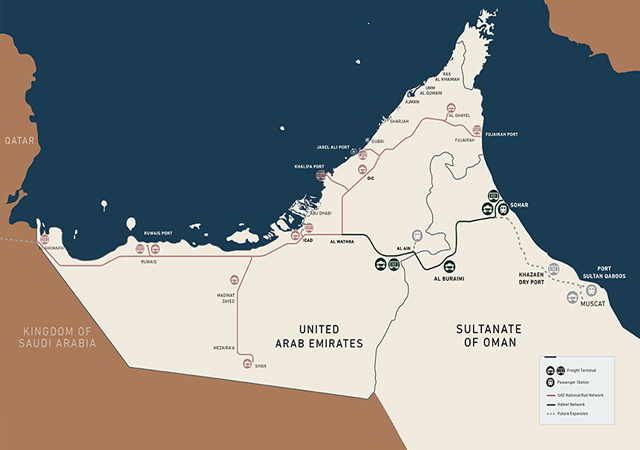
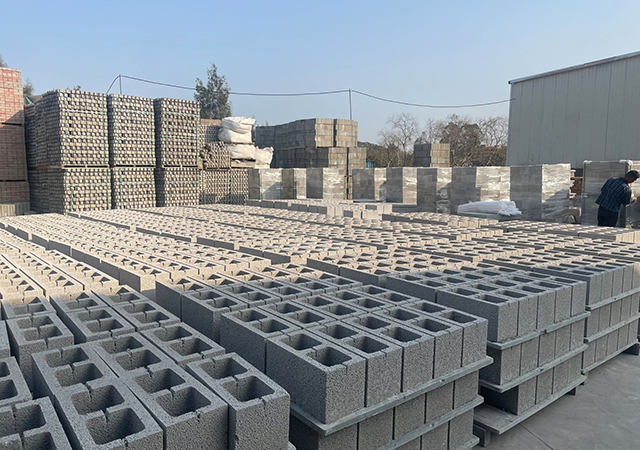


.jpg)
.jpg)
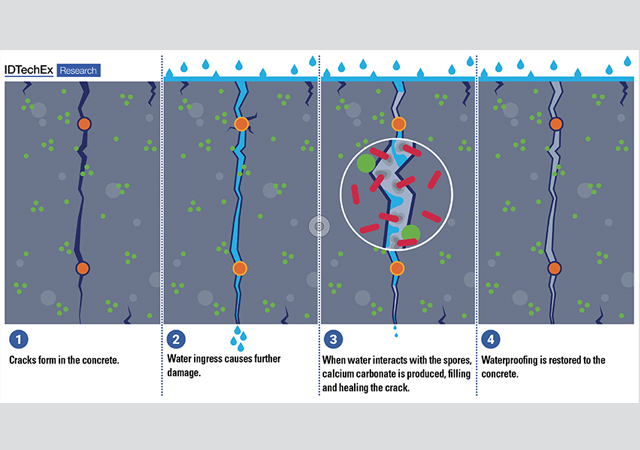

.jpg)
.jpg)
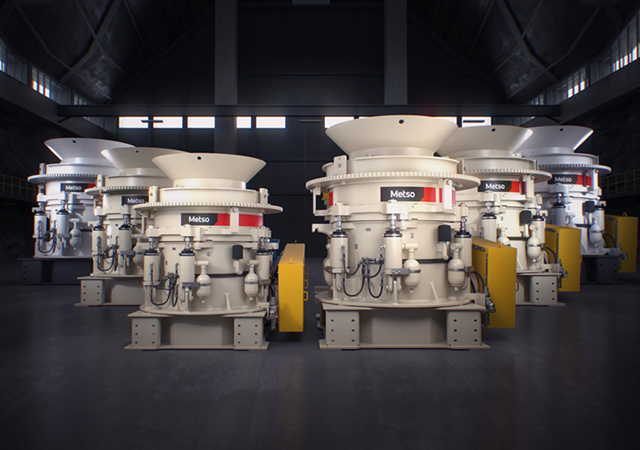
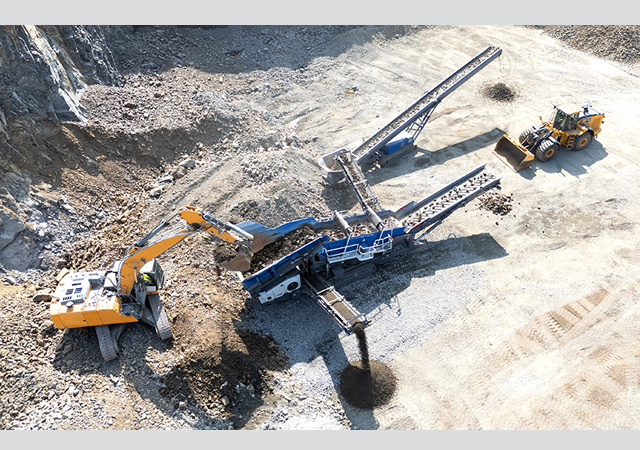
.jpg)
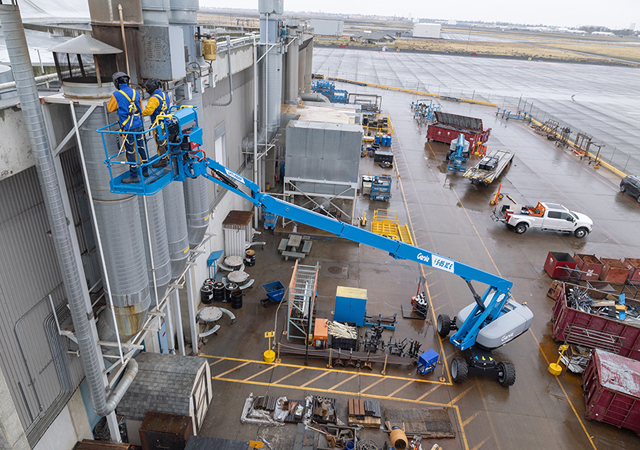



 Doka.jpg)




























